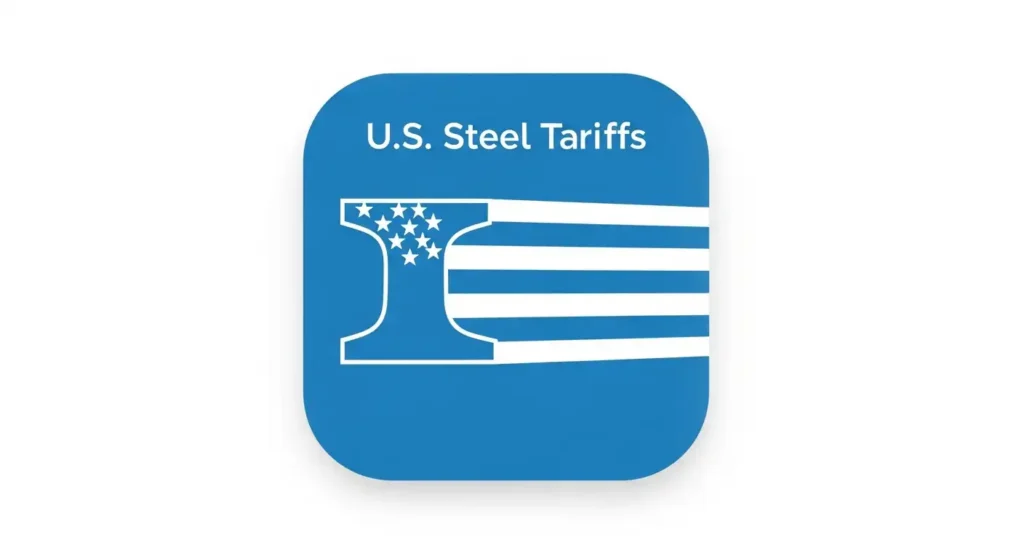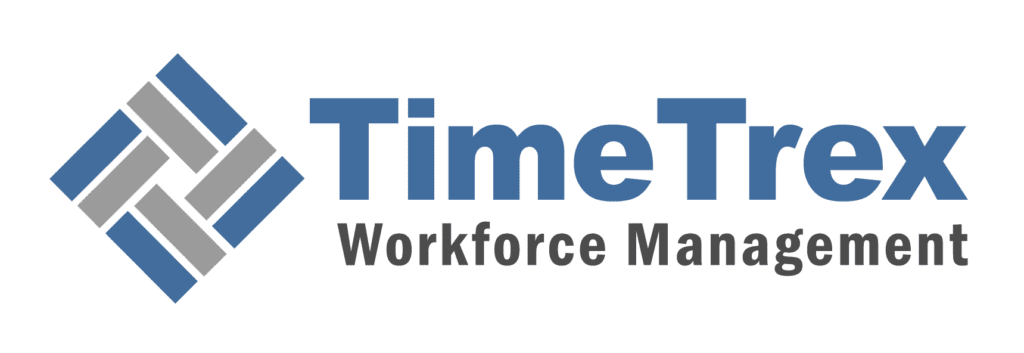
Quick Analysis of U.S. Steel Tariffs
Understanding the complex landscape of U.S. steel tariffs is crucial for any business involved in manufacturing, construction, or international trade. The Section 232 steel tariffs, initiated in 2018, have fundamentally altered global supply chains and domestic economic policy. This article provides a deep dive into the evolution, economic impact, and geopolitical consequences of these significant U.S. trade policies. We explore how the steel tariff framework has shifted from a targeted remedy into an aggressive instrument of industrial strategy, affecting everything from raw material costs to finished goods. For businesses navigating these changes, understanding the nuances of the Section 232 tariffs is not just important—it's essential for survival and strategic planning.
Article Contents
- TL;DR
- The National Security Mandate: Legal Foundations of Section 232 Tariffs
- A Timeline of Transformation: From Targeted Measure to Broad Industrial Policy (2018-2025)
- The Economic Ledger: Sector-by-Sector Impact Analysis
- The Global Chessboard: International Reactions and Geopolitical Realignments
- Administrative Evolution: From Product Exclusions to Derivative Inclusions
- A Fractured Consensus: Perspectives from American Industry
- Concluding Analysis and Strategic Outlook
- U.S. Tariff Calculator
TL;DR
This report analyzes the United States' Section 232 steel tariffs, tracking their evolution from a targeted 2018 trade remedy to a broad industrial policy tool by 2025. While the tariffs successfully boosted domestic steel production, they imposed significant cost burdens on downstream manufacturers, especially in the automotive and construction sectors. Internationally, the policy has sparked retaliation, strained alliances, and led other economies like the EU to consider similar protectionist measures. The administrative process has flipped from allowing companies to request tariff *exclusions* to a new system where domestic producers can petition for the *inclusion* of more downstream products. In essence, the Section 232 tariffs represent a major pivot in U.S. trade strategy, reshaping both domestic industries and the global economic landscape.
The National Security Mandate: Legal Foundations of Section 232 Tariffs
The legal authority for the imposition of U.S. steel tariffs is derived from Section 232 of the Trade Expansion Act of 1962. This statute provides the foundational architecture for the tariffs and is distinct from other trade remedy laws, such as those governing antidumping and countervailing duties. Understanding this legal basis is critical to comprehending the scope and implementation of the tariff regime.
A Timeline of Transformation (2018-2025)
The application of Section 232 to steel imports has not been static. Over a seven-year period, the policy has evolved dramatically, shifting from a targeted measure with built-in flexibility to a rigid, all-encompassing system of industrial protection. This chronological evolution reflects a profound strategic shift in U.S. trade policy.
March 2018
Initial 25% tariff on most steel imports imposed, with exemptions for key partners and a product exclusion process.
January 2020
Tariff scope expands to include "derivative" products like nails, staples, and cables.
March 2025
All country exemptions, quotas, and TRQs are terminated. The product exclusion process is also ended.
June 2025
Base tariff rate on steel and derivatives is doubled from 25% to 50% for most countries.
The Economic Ledger: Sector-by-Sector Impact Analysis
The Section 232 tariffs have created a bifurcated economic reality. For the domestic steel industry, they have provided a protective shield. For the vast array of downstream industries that consume steel, they have introduced significant cost pressures and a loss of competitiveness.
Impact on the U.S. Steel Industry
The policy led to measurable increases in production and hiring within the sector, though the gains were modest in the context of the overall economy.
U.S. Raw Steel Production
Steel Mill Employment Change
The Ripple Effect: Downstream Costs
While the steel industry saw gains, steel-using industries faced a different reality. The tariffs acted as a tax, increasing costs and impacting a far larger segment of the workforce.
Who Bears the Cost of Tariffs?
Employment: Producers vs. Consumers
The Global Chessboard: International Reactions
The aggressive and unilateral application of Section 232 tariffs has profoundly disrupted the international trading system, prompting retaliation, strategic negotiation, and a mirroring of protectionist policies.
Global Reaction: A Trade Standoff
The tariffs were not implemented in a vacuum. Major U.S. trading partners, particularly key allies, responded with targeted counter-tariffs on American goods.
Top Sources of U.S. Steel Imports (Pre-Tariff)
The Tariff Feedback Loop
1. U.S. Imposes Tariffs
U.S. places 25%-50% tariffs on foreign steel.
2. Trading Partners React
EU, Canada & others face higher costs for their steel exports.
3. Retaliatory Tariffs Imposed
Partners place tariffs on U.S. goods like agriculture and motorcycles.
Administrative Evolution: From Product Exclusions to Derivative Inclusions
A pivotal aspect of the steel tariff policy has been the transformation of its administrative framework. The original system for relief has been replaced with an offensive mechanism to expand the tariffs' scope.
A Fractured Consensus: An Economic Balancing Act
The Section 232 steel tariffs have created a deep and contentious divide within American industry, pitting upstream primary metal producers against the vast downstream ecosystem of manufacturers. This highlights the classic trade-offs between protecting a domestic industry and the broader economic consequences.
Arguments For (Pros)
- Protects vital national security interests.
- Boosts domestic steel production.
- Saves and creates jobs in the steel industry.
- Combats global steel overcapacity and unfair trade.
Arguments Against (Cons)
- Increases costs for U.S. consumers and businesses.
- Causes net job losses in the wider economy.
- Harms competitive U.S. manufacturing industries.
- Damages foreign relations and invites retaliation.
Concluding Analysis and Strategic Outlook
The evolution of Section 232 steel tariffs from 2018 to 2025 marks a significant shift in U.S. trade policy. What began as a targeted remedy is now a broad instrument of state-directed industrial policy. While successfully shielding the domestic steel industry, this protection has come at a considerable cost to the much larger segment of the U.S. economy that consumes steel. Internationally, the unilateral tariffs have strained alliances, prompted retaliation, and accelerated a potential fragmentation of the multilateral trading system.
Looking forward, the outlook is one of continued volatility. For businesses, navigating this environment will require supply chain diversification and proactive engagement with administrative tariff processes. For policymakers, the central question remains: do the benefits of a protected domestic steel industry outweigh the tangible costs of reduced manufacturing competitiveness, strained diplomatic relations, and a fractured global trade order? The answer will define the future of American trade policy.
Calculate the Impact of U.S. Tariffs on Your Business
Navigating the complexities of Section 232 and other U.S. tariffs can be challenging. Use our comprehensive U.S. Tariff Calculator to estimate the duties on your imported goods and understand how these trade policies affect your bottom line.
Try the Free U.S. Tariff CalculatorDisclaimer: The content provided on this webpage is for informational purposes only and is not intended to be a substitute for professional advice. While we strive to ensure the accuracy and timeliness of the information presented here, the details may change over time or vary in different jurisdictions. Therefore, we do not guarantee the completeness, reliability, or absolute accuracy of this information. The information on this page should not be used as a basis for making legal, financial, or any other key decisions. We strongly advise consulting with a qualified professional or expert in the relevant field for specific advice, guidance, or services. By using this webpage, you acknowledge that the information is offered “as is” and that we are not liable for any errors, omissions, or inaccuracies in the content, nor for any actions taken based on the information provided. We shall not be held liable for any direct, indirect, incidental, consequential, or punitive damages arising out of your access to, use of, or reliance on any content on this page.
About The Author

Roger Wood
With a Baccalaureate of Science and advanced studies in business, Roger has successfully managed businesses across five continents. His extensive global experience and strategic insights contribute significantly to the success of TimeTrex. His expertise and dedication ensure we deliver top-notch solutions to our clients around the world.
Time To Clock-In
Start your 30-day free trial!
Experience the Ultimate Workforce Solution and Revolutionize Your Business Today
- Eliminate Errors
- Simple & Easy To Use
- Real-time Reporting

Saving businesses time and money through better workforce management since 2003.
Copyright © 2025 TimeTrex. All Rights Reserved.
